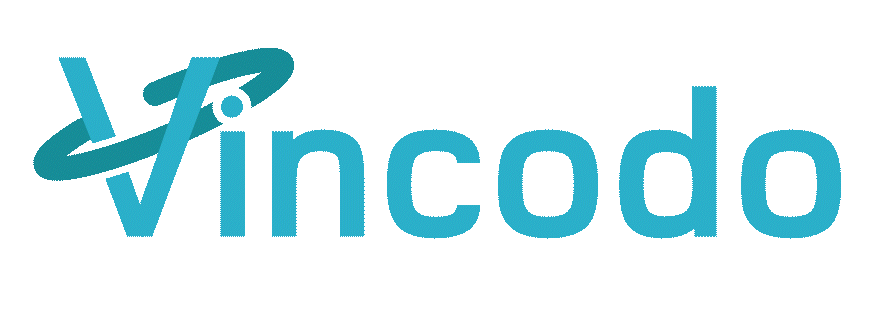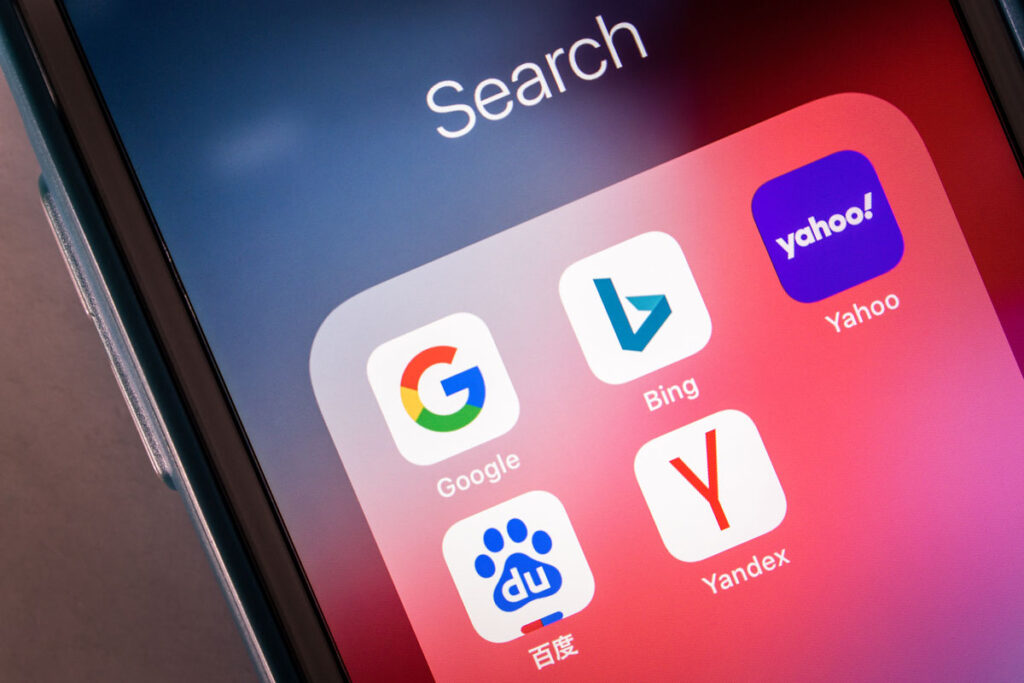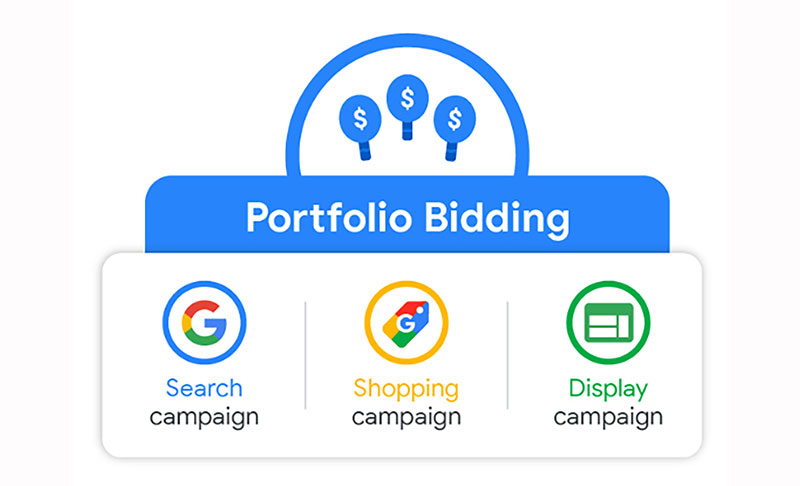For those of us that have been in the search engine marketing business since its inception, “platform integration” is one of those terms that make us shiver. We remember Ask.com’s bold call in 2006 that they would create the next best-in-class solution and then chose to serve us LookSmart’s tool under a white label when they couldn’t deliver. It only took them 3 years and gobs of customer complaints and lost revenues until they finally ditched LookSmart in 2009. Yahoo also had their previous share of challenges with Project Panama, for which I opined about with Multichannel Merchant back in 2007 and then was entirely disappointed with the performance hiccups and lacking improvements in campaign management. Neither went flawless and their customers struggled to achieve financial success, but Ask and Yahoo happily cha-chinged their cash registers.
Alas, we had a near flawless integration with our agency clients over the integration testing period, but a few bugs did trickle out that impacted the financials of Advertisers. The following are a few of the challenges we encountered that may help in shoring up outstanding issues on your end.
Testing Performance Blips
Beginning in the second week of August, we monitored some significant swings in performance data and validated within web logs that Bing had begun to serve ads on Yahoo.com. Our performance began to shoot up and down as we saw 50% to 100% conversion rate swings for our clients on a week-to-week basis. Interestingly, when things improved positively in Bing, there was correlative drop in our Yahoo campaigns, and vice versa. Our agency began to manage Bing/Yahoo performance on a shared basis shortly after identifying this.
What we also saw was that competitors of our clients, most using SEM platform technology, began make bid position changes due to these swings, changes which sent their bids lower while we hung tight. By holding steady and not utilizing bid rules on our Bing / Yahoo campaigns during the integration timeframe, our clients enjoyed an average position boost of one position spot on average while actually paying 10% less for the improved position.
Long story short, if you had automated bid rules set and your position declined, it is probably sensible to push your bids back forward to re-establish your quality score in the higher position and restore your previous positioning.
Limited Details Left Many In The Dark
For whatever reasons, Bing and Yahoo made the decision that less information about the changes would benefits marketers. As a gambling man, I am sure that wonderful decision was crafted in a lawyers office with a big pile of beans and a metal spittoon. Communications from both Yahoo and Bing were confusing and those with access to an account manager really struggled to wrap their arms around what was happening. Wouldn’t it have been exponentially easier to just tell people straight forward the following: “If you already have a Bing account that is optimized, please stop reading here…you are good to go”. Instead, we got conflicting communications from the organizations.
For those that haven’t geared up their Bing campaign and are still not focused on it, you better get moving as the holidays are upon us. Your best bet to get it going quickly is to just translate your Google campaign over and lower you bids a notch…you’ll be good to go.
Complete Visibility Blowout
While this wasn’t widespread, we actually did encounter a major engineering blowout on one campaign that we manage during the week of October 18th. Coincidentally, this campaign also was seeing the widest weekly conversion swings. Our impression and click volume plummeted by 92% overnight inexplicably. Upon digging in, we found that about 75% of the usual suspect competitors were also not showing up in ads just like our client’s campaign. After running some reports, we determined the Adcenter system was only running our ads between 12am to 6am despite our 24/7 setting.
It took a week to resolve, but once again, this was a major issue if you are managing your campaign utilizing an SEM platform management tool. Garbage in means garbage out when the system only looks at quantitative factors. If your campaign experienced any impression delivery drop-off, run some hourly-view reports and contact your AdCenter representative if you are experiencing problems to get this resolved.
The Dreaded Yahoo Search Arbitrage Network
I noted in my blog post back in August that the most tight lipped portion of the integration was the survival of the Yahoo Search Partner Network. Nobody at Bing or Yahoo was seeking to divulge. My hopes had been that Microsoft would live up to the pledge that was made when I attended the Seventh Annual MSN Strategic Account Summit back in May 2006. During that conference in Redmond, we were promised that the new MSN Adcenter would be focused on quality and would forego network traffic from search arbitragers. It was a subtle, but obviously directed smack at Yahoo at the time. But dollars and cents rule the day and if Advertisers aren’t swift enough to filter out fraud, clearly Bing’s doesn’t feel its their problem.
When Yahoo/Bing offered those online integration literature and tools, there wasn’t any directed recommendations telling Advertisers to make sure they carried over their excluded search arbitrager websites. Yahoo offered Advertisers no ability to downloads those lists from their non-functional user interface or even a copy / paste function from the screen. If you were excluding as many Yahoo Search Partners as we exclude, a freight train likely hit your campaign. Upon complete kick-over last Tuesday, we found that for one of our campaigns, 85% of the traffic was coming from the Yahoo Search Partners, which defies any form of logic.
Within your Bing interface, the site exclusion module is buried within the Campaign settings sections. One nice improvement over Yahoo is that you can add more than 500 sites in the Adcenter tool. The sad situation is that we needed that functionality because there are more than 500 sites to exclude. Additionally, Bing offers a publisher report that details the Yahoo Search Partner sites sending you traffic. Fortunately Bing has chosen to not protect the arbitraging fraudsters by revealing conversion rates. Just look for those sites generating poor results, send them packing and your campaign will revert back to successful levels.





